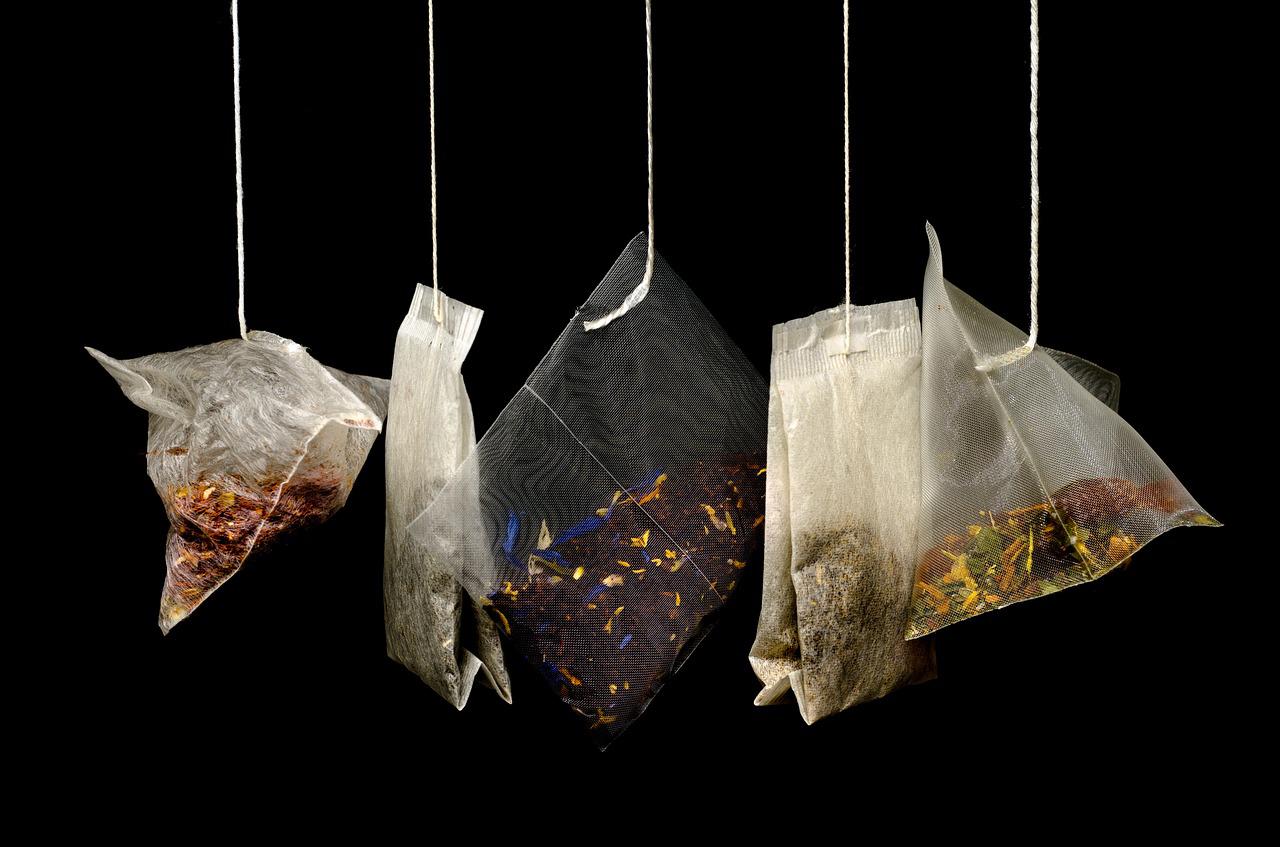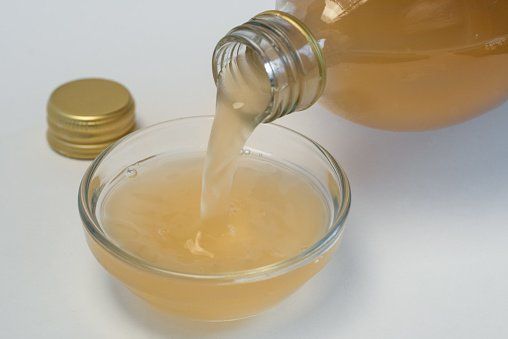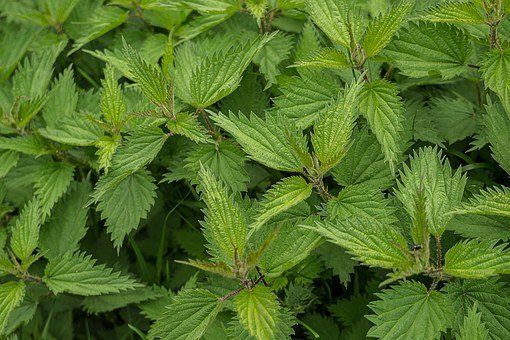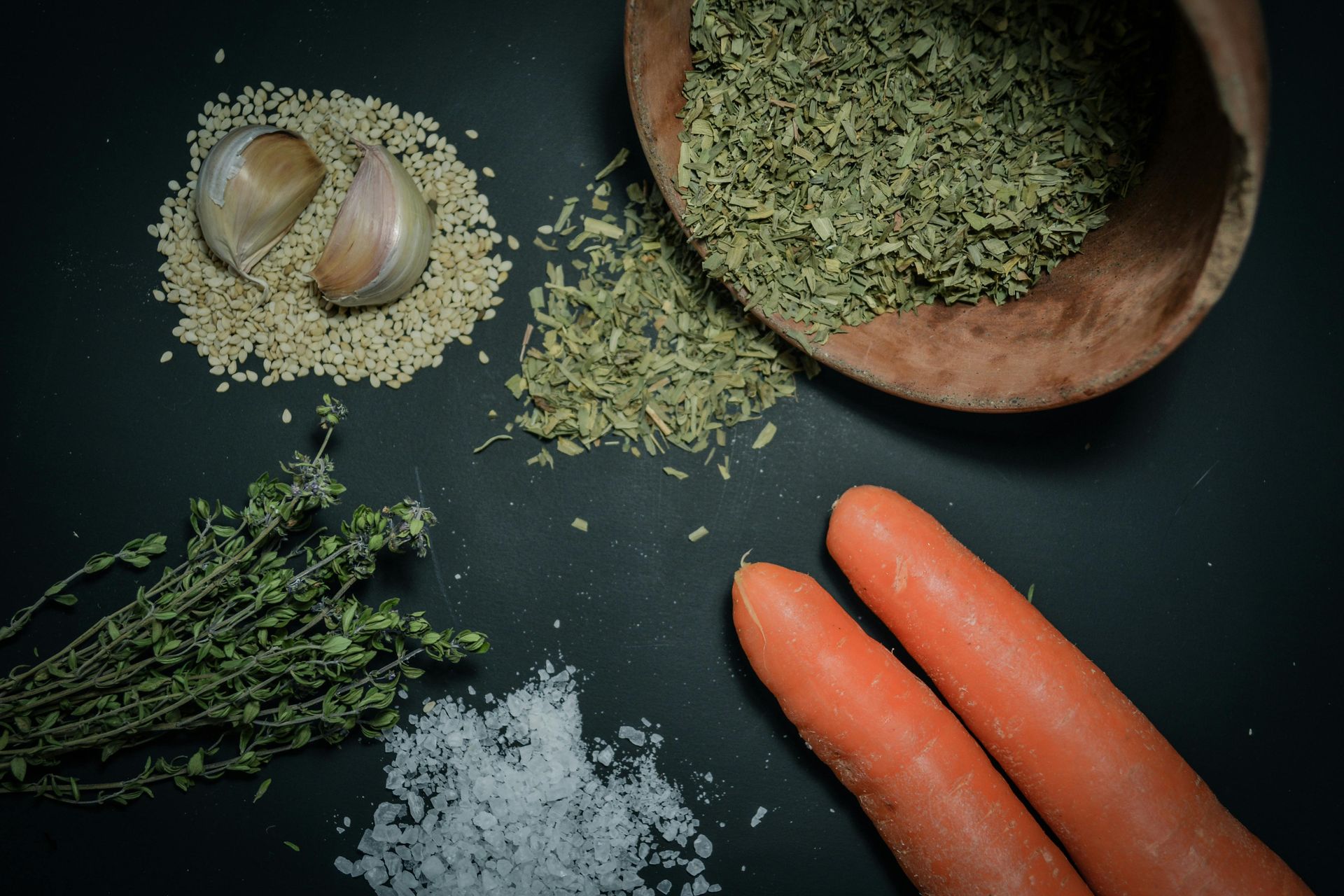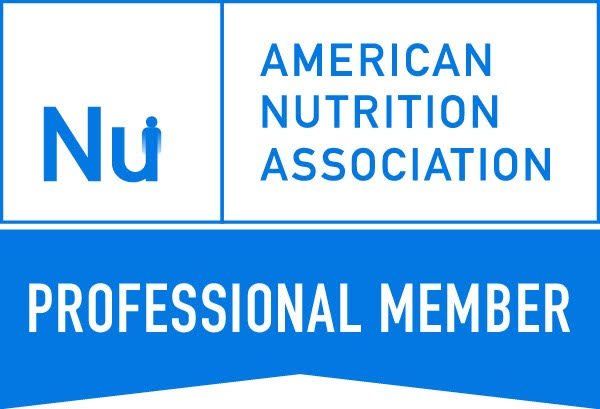
What is a CNS and How is it Different from an RD?
The difference between CNS and RD explained
What is a CNS and How is it Different from an RD?
If you’ve ever looked into nutrition support, you may have encountered the titles CNS and RD. While both are focused on improving health through diet and nutrition, there are key differences in training, certification, and scope of practice. As a Certified Nutrition Specialist (CNS), I want to take a moment to clarify what being a CNS entails, how we differ from Registered Dietitians (RDs), and why both professions have a play to play in healthcare.
What Is a CNS?
A Certified Nutrition Specialist (CNS) is a professional who has completed advanced education and training in the field of nutrition and has obtained certification through the Board for Certification of Nutrition Specialists (BCNS). To become a CNS, a candidate must meet rigorous academic and clinical requirements, pass a comprehensive exam, and maintain continuing education to stay current in the field. This certification is often sought by those who wish to take a more personalized, clinical approach to nutrition and health. We are personalized nutrition practitioners.
- Educational Background: CNS candidates are required to hold a master’s degree or higher in nutrition or a related field (such as clinical nutrition, public health nutrition, or functional medicine). This provides a strong foundation in scientific and evidence-based principles.
- Clinical Experience: CNSs are required to have substantial hands-on experience in the field of nutrition, with a focus on client care. This experience often includes working with individuals facing chronic health conditions, addressing both prevention and management through nutrition interventions.
- Board Certification: The certification exam for a CNS covers a wide range of topics, including biochemistry, clinical nutrition, disease management, food science, and therapeutic nutrition. It’s a robust exam that reflects the depth of knowledge required to practice as a CNS.
- Ongoing Education: To maintain the CNS credential, we must complete continuing education every five years to stay updated on the latest research and trends in nutrition science. This ensures that we’re practicing at the forefront of the field.
What Is an RD?
A Registered Dietitian (RD), now more commonly referred to as a Registered Dietitian Nutritionist (RDN), is also a nutrition expert, but the path to becoming an RD is somewhat different. Here’s a closer look:
- Educational Background: RDs typically earn a bachelor’s degree in nutrition and dietetics. However, as of 2024, the requirement was changed to a master’s degree in nutrition for all new dietitian applicants. This includes coursework in food science, physiology, biochemistry, and medical nutrition therapy.
- Supervised Practice: After completing their degree, RDs must undergo a supervised internship that provides clinical, community, and food service training. This internship is highly structured and can last up to 1,200 hours, covering a wide variety of nutrition settings.
- Certification Exam: RDs must pass a national board exam administered by the Commission on Dietetic Registration (CDR). This exam tests knowledge in areas such as medical nutrition therapy, food service management, and community nutrition.
- Licensure: Many states require RDs to also hold a state license to practice, which is often tied to the certification exam and continuing education requirements.
- Ongoing Education: Like CNS professionals, RDs are required to complete continuing education to maintain their certification.
Key Differences Between a CNS and an RD
While both CNSs and RDs are highly trained professionals who provide nutrition counseling, there are some distinct differences between the two:
1. Educational Focus
- CNS: The CNS certification focuses on advanced nutrition science and clinical, holistic, and integrative approaches to health. As a CNS, I often work in settings that require a deeper understanding of functional medicine or personalized nutrition, especially when addressing chronic diseases like autoimmune disorders, metabolic syndrome, or digestive health issues.
- RD: RDs tend to have a broader focus, with specific training in food service management, community nutrition, and clinical nutrition. While RDs also work with individuals on a one-on-one basis, they are often employed in hospitals, schools, or public health settings and may be more focused on standard dietary guidelines and public health initiatives.
2. Scope of Practice
- CNS: As a CNS, my approach to nutrition is often personalized and therapeutic, tailored to the individual. This can involve working with clients on complex health conditions using a combination of dietary strategies, supplementation, and lifestyle modifications. The CNS training tends to emphasize a holistic understanding of how nutrition influences all aspects of health, particularly with chronic disease management or prevention.
- RD: RDs are generally trained to provide clinical nutrition therapy, particularly for acute conditions, and often work in institutional settings like hospitals or clinics. While some RDs may specialize in areas like sports nutrition or pediatrics, their practice is typically more structured and aligned with traditional medical nutrition therapy(MNT) and dietary guidelines.
3. Clinical vs. Public Health Orientation
- CNS: The CNS credential is more likely to attract individuals who are interested in individualized care. We work with patients in private practice, clinical settings, and sometimes in integrative health environments like functional medicine clinics. Many CNS professionals focus on using nutrition to manage complex health conditions and support long-term wellness.
- RD: RDs, on the other hand, may be more likely to work in public health settings, providing nutrition education to large groups or managing food services in hospitals, schools, or businesses. They are often the professionals who ensure food safety and nutrition compliance in institutional settings.
4. Philosophical Approach to Nutrition
- CNS: As a CNS, I tend to emphasize a functional, integrative, and systems-based approach to health. This means I look at the body as a whole, considering how lifestyle factors, genetics, and environment impact nutritional needs. We may use nutraceuticals (therapeutic use of nutrition and supplements) in combination with diet to address specific health issues.
- RD: RDs are often more aligned with dietetic guidelines, focusing on general wellness and disease prevention. While RDs also provide therapeutic nutrition, their focus is generally on meeting dietary needs through food, often without the same degree of emphasis on supplements or alternative therapies.
Both a CNS and an RD play vital roles in the world of nutrition and health, but they come from different backgrounds and have different areas of expertise. As a Certified Nutrition Specialist (CNS), I bring a deep understanding of personalized, evidence-based nutrition and a focus on holistic health, particularly for individuals dealing with chronic conditions. If you’re looking for a tailored nutrition plan that integrates both diet and lifestyle, a CNS might be the right fit for you.
On the other hand, RDs are excellent for providing clinical nutrition therapy, general diet counseling, and ensuring that food services meet nutritional standards. Both professions have their place, and often, we work together as part of a collaborative healthcare team.
Ultimately, the most important thing is finding the professional who is best suited to support your unique health journey. If you're seeking a personalized, integrative approach to nutrition, I’d love to work with you to help you achieve your health goals.
